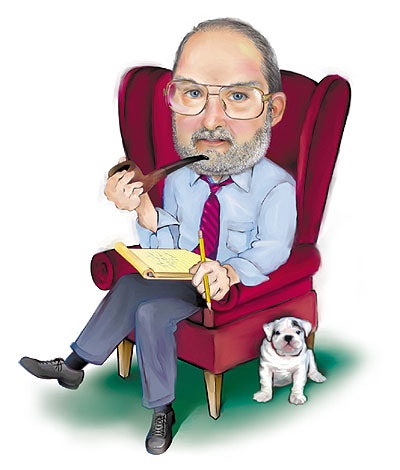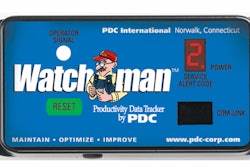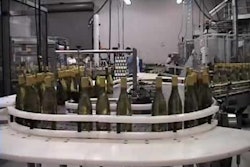
consumers. And this spending was especially onerous when one looked into the expenditures not made for improving processing and packaging operations.
In this issue’s story by Steve Barlas, you’ll read about the U.S. Food & Drug Administration’s attempts to stimulate investment in new technology in both processing and packaging by pharma companies because jawboning the issue hasn’t worked. And next month, Steve will report on the plans (or lack of them) of pharma companies to deal with counterfeit drugs, not only overseas but domestically, too.
I’ve been reading a great deal about counterfeit drugs in the last few months, beginning long before FDA announced its task force. As you may know, domestic cases of drug counterfeiting—at least that we know about—have increased fourfold since 2000. To be sure, the known cases are still a relatively small number, some 20 per year. But that’s a big increase over the five per year that were known a decade ago. And like Pfizer’s Lipitor, some cases involve major drug names and large quantities.
If this is an increasing problem, and it obviously is, we also have a parallel issue: Internet marketing of drugs. As part of my daily ration of spam (sorry, not Hormel’s kind), I kill no fewer than 20 to 30 drug offers. Believe it or not, Viagra isn’t the only one. Something called Vicodin appears to be an up-and-comer, too.
Still being of relatively sound mind (even if the body is showing some weakness), I can’t envision even opening these e-mails, much less buying drugs this way. To me, buying drugs via the Web is tantamount to Russian roulette, one of the few “games” I thankfully didn’t see in Las Vegas during the recent Pack Expo show.
And it’s not like I’m some kind of purist when it comes to what I put into my body. Just ask my co-workers about those aged sandwiches, sometimes tinged with a bit o’ green, that I used to (and still do) eat for lunch. But green or not, at least I know where the food had been bought, when it had been prepared, and who had prepared it. None of that is known about drugs that might be purchased over the Internet. This is not to say that all drugs marketed over the Internet are counterfeit or harmful. But I sure don’t have much confidence in companies that market potentially life-threatening substances in that way.
Apparently, some folks have all the confidence in the world. An FDA and Customs joint examination of drugs mailed in from overseas to U.S. consumers late this summer was eye-opening. In the program, FDA and Customs on three days targeted 100 suspected parcels each day at four postal service facilities. To give you some idea of how small the sample was, one of the postal sites handles more than 10ꯠ parcels/day. The methodology of the search isn’t as important as the results.
Of 1걹 imported drug products examined, 1걍 or 88% were considered in violation because they contained unapproved drugs. These drugs came from many countries: Canada at 16% was the predominant source, but India and Thailand weren’t far behind at 14% apiece, and 8% came from the Philippines.
The report on these unapproved drugs was interesting because it covered not only controlled substances like codeine, Valium, and anabolic steroids, but some drugs not approved for human use, others not approved by FDA, some that require careful patient monitoring, some with dangerous interaction potential, and others that have been withdrawn from the market for safety reasons.
Admittedly, we can’t quite connect the dots and say that all or most of them were ordered via the Internet. What this does show is how dangerous ordering drugs from offshore sources can be.
So imagine my surprise when my ration of spam in October began to show special offers for an OTC drug said to be Claritin from Schering-Plough. Before, I’ve decried the amounts of money spent advertising direct-to-consumers (DTC) for prescription drugs. Now we have direct-to-e-mail (DTE) advertising for perhaps what used to be a prescription medication. Give me a slightly green sandwich any day. At least I know its provenance.
See an archive of Arnie Orloski's Pipeline columns at www.packworld.com/pipeline.
Arnie can be reached at [email protected]


























